SAFE OPERATION FOCUS FOR TANK CONTAINERS
Safety underpins our tank supply solutions. With broad experience across multiple sectors, our aim is to effectively reduce and manage operational and quality risk associated with product transfer, transport, and storage.
Our team has significant background in supplying Oil, Gas & Chemicals, Power, Utilities & Renewables, Mining & Metals, and Industrial Products, Food & Construction sectors. Our expertise lies within our ability to safely manage tanks to protect people, products, equipment, and the environment.
The team at ACL has collated a list of common incidents with recommendations for preventative controls.
ACCIDENTAL CARGO DISCHARGE
Probable causes; Careless opening of outlet valve of disconnection of hose containing cargo or leakage via incorrect fittings or hoses.
Precaution; Check if cargo is present before opening valves or disconnecting fittings. Check that hoses and fittings are correct for the tank.
OVERPRESSURE
Probable causes; Excessive operating pressure. May result in rupture of the tan or hoses or release of cargo through the pressure-relief valves, with a possible risk of spillage and injury.
Precaution; Note the maximum working pressure marked on the tank data plate and ensure that it is not exceeded. Ensure that the correct ullage space is provided to enable expansion of the cargo.
HOSE BLOCKING
Probable causes; Hose kinked or flattened so unable to pass air or liquid. May cause over-pressure or vacuum collapse.
Precaution; Hoses should be inspected before use and correctly laid out before filling. Hoses should be clearly marked to prevent constriction caused by objects being placed on them
PLEASE NOTE THESE ARE GUIDELINES AND RECOMMENDATIONS ONLY AND ARE BY NO MEANS EXHAUSTIVE. THE PERSONNEL OPERATING THE TANK ARE ULTIMATELY RESPONSIBLE FOR THE SALE OPERATION OF THE TANK IN THEIR CARE.
TANK OVERHEATING
Probable causes; Exceeding maximum operating temperature and/or the maximum working pressure of the steam heating system. May damage tank shell. insulation, fittings, and cargo.
Precaution; Do not exceed the maximum operating temperature marked on the tank data plate. Verify that the thermometer is in working order.
CARGO VAPOUR EXPLOSION
Probable causes; Naked light or electrical spark in presence of cargo vapours during loading/discharge or in presence of cargo leakage. May result in fire or explosion.
Precaution; Strictly observe the “no naked light“ rulings in the vicinity of tanks. Ensure a good earth connection has been made to the tank prior to loading/discharge. Check tools and clothing (especially boots) for spark risk.
CHEMICAL REACTION/ PRODUCT CONTAMINATION
Probable cause; Tank and fittings not properly cleaned of previous cargo and/or cleaning agents. The incorrect cleaning agent used. May result in contamination of new cargo, violent chemical reaction, crusting / congealing of residue in thank and fittings, or damage to the tank.
Precaution; Ascertain previous cargo carries and check Cleanliness Certificate. Check cleanliness of thank outlet valves and other fittings in contact with cargo before loading. Check cleaning agent compatibility before use.
NOTE:
SPECIAL PRECAUTIONS MUST BE TAKEN WHEN HANDLING HAZARDOUS CARGO TO GUARD AGAINST VENTING OR HARMFUL VAPOURS TO THE ATMOSPHERE.
EXCESSIVE STEAM PRESSURE
Probable cause; Excessive pressure introduced into the heating system. May damage tank or rupture hose causing failure of heating, escape of steam, contamination or escape of cargo.
Precaution; Do not exceed the maximum working pressure of the heating system marked on the tank data plate.
HEAT DAMAGE TO EMPTY TANK
Probable causes; Heating tank prior to cargo loading, exceeding maximum design temperature of shell. May cause deformation of or damage to shell and fittings
Precaution; Ensure pre-heating temperatures do not exceed the maximum design temperature indicated on the tank data plate. care should be taken not to overheat small quantities of cargo, especially cargo residue. Verify that the thermometer is in working order.
VACUUM COLLAPSE (IMPLOSION)
Probable causes; Vacuum created in tank during pumping out, or as a result of tank cooling after system cleaning, or after discharge of heated cargo. May result in damage to tank shell and injury to personnel.
Precaution; Ensure tank is vented (via manhole or airline) during cargo discharge and after steam cleaning and discharge of heated cargo. If a vacuum valve is fitted to the pump and/or tank, check that it operates freely.
Contact us
Get in touch with us today to discuss tailor-made container and materials handling solutions to suit your needs.


